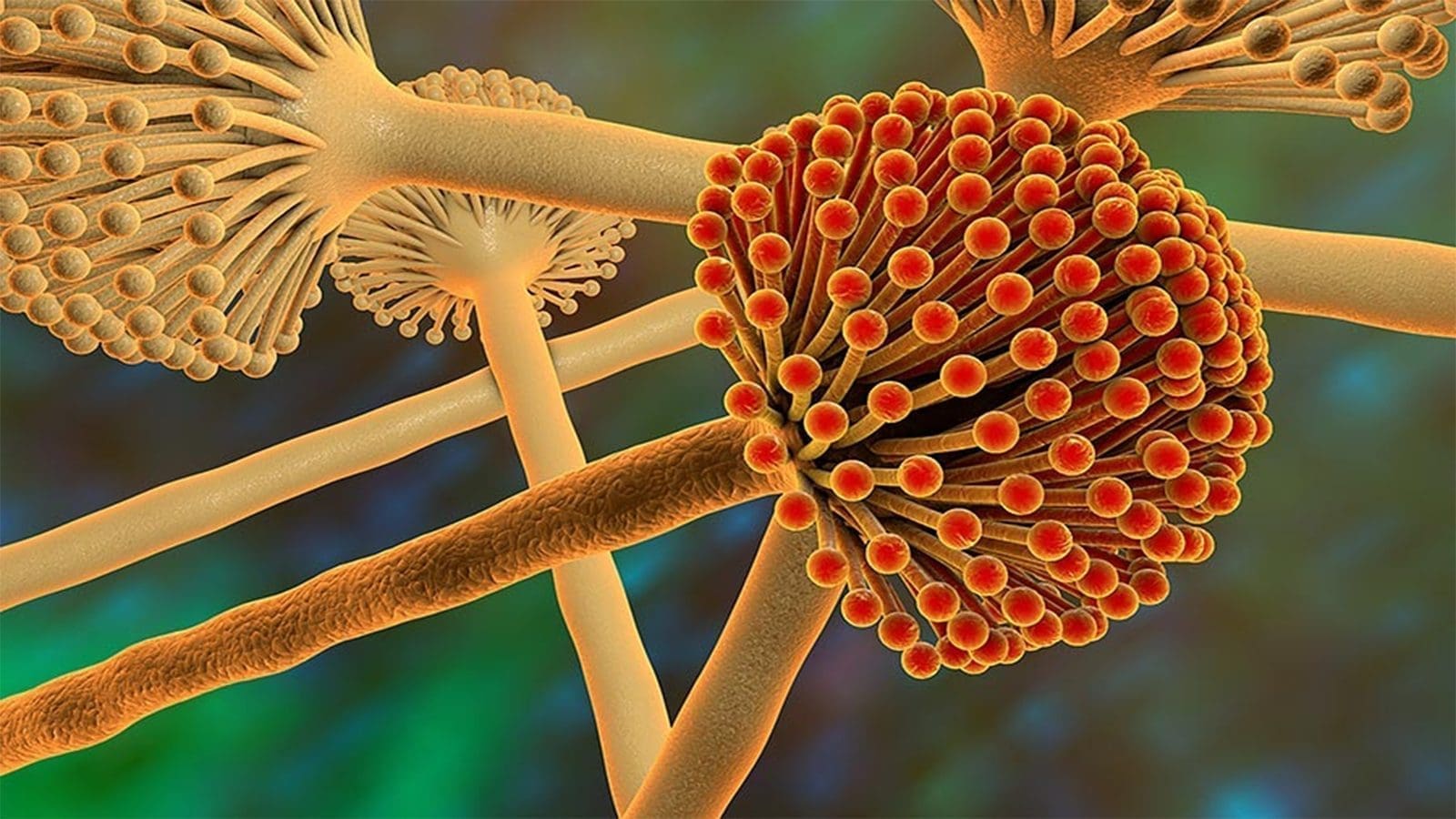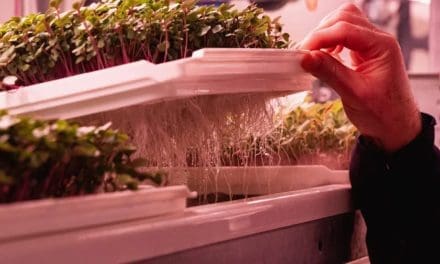KENYA – Market Access Upgrade Programme (MARKUP) Kenya together with other partners has developed an aflatoxin control guide for capacity-building actors in different food value chains, in a bid to ensure food safety in Kenya.
MARKUP is a regional development initiative that provides support to small and medium-sized enterprises (SMEs) in the East African Community (EAC).
The initiatives are the result of the discovery that the hazardous fungi damage the majority of the nation’s staple foods as well as export spices and nuts including macadamia, ginger, and chilli.
The MARKUP guide aids in the creation of additional capacity-building tools for a variety of actors, including policymakers and industry stakeholders including millers, regulators, farmers, and inspectors.
“There is a training guide that is now available that can be used to develop content on the management and control of aflatoxins,” said Maina Karuiru, National Project Coordinator MARKUP Kenya.
The programme, which is being carried out by the United Nations Industrial Development Organization (UNIDO), has also prepared a comprehensive training handbook targeted specifically at the regulators and inspection officers.
“These documents can be used for many years to come, which is the kind of sustainability we are looking for in matters regarding aflatoxins control and management,” added Karuiru.
He claimed that farmers had been sensitized about what might be done to increase productivity on their farms, such as using Aflasafe in the soil and handling their ready crops properly before harvest.
Aflasafe is a line of organic products that significantly lower the amount of aflatoxins in crops, reports THE STAR.
The initiative, according to Karuiru, also educates traders on managing aflatoxins, with Kajiado and Busia being two of the key counties because of cross-border trade.
“This is in tandem with MARKUP Kenya’s strife to enhance food safety and market competitiveness for Kenyan produce locally, regionally, and internationally,” he said.
He claimed that the programme has reached thousands of individuals via various channels, as well as inspectors from several organizations, including the Kenya Bureau of Standards, the Agricultural and Food Authority, and the Department of Public Health, both at the national level and in the counties.
“The trained master trainers will continue doing pieces of training even beyond the lifetime of the MARKUP Kenya project,” said Karuiru.
Aflatoxin management capacity-building Consultant Charity Mutegi stated that there are pre-harvest solutions that focus on the overall health of the crop during growth and ensure that it is not stressed.
“Usually high temperatures, drought stress, and poor crop management practices pre-dispose your produce to contamination because the fungus that produces aflatoxins predominantly resides in the soil,” she said.
Aflatoxin poisoning
Aflatoxins are poisons that are produced by fungus that are found naturally in the environment which include the soil, air, and even in the food, said Mutegi. She added that the poison is colourless, odourless, and tasteless which complicates its management.
Mutegi said aflatoxins are a big concern for the country because they affect the people in many aspects such as human health, trade, and food security.
“Aflatoxins implications on health are in two forms, acute poisoning which has been reported in Kenya historically, and chronic poisoning which should be a bigger concern,” she said.
Acute poisoning emanates from the consumption of a copious amount of aflatoxin leading to illness and sometimes death. Chronic poisoning however occurs from the consumption of small amounts of aflatoxins in bits of infected food over a long time and could lead to cancer.
“Although these small levels of aflatoxins do not kill immediately, they gradually accumulate and result in cancer infections.
“The liver is often the primary target of infection but there are reports of infections of other vital organs including kidneys and pancreas,” observed the scientist.
Aflatoxin contamination can lead to food insecurity because food that is deemed unsafe for human consumption is destroyed, creating a shortfall in a nation where there is already a shortage.
“The best approach for managing food safety hazards is prevention because it is better to deal with the threat before it gets into food rather than chasing after it when food has already been contaminated,” she said.
For all the latest food safety news from Africa and the World, subscribe to our NEWSLETTER, follow us on Twitter and LinkedIn, like us on Facebook and subscribe to our YouTube channel.








